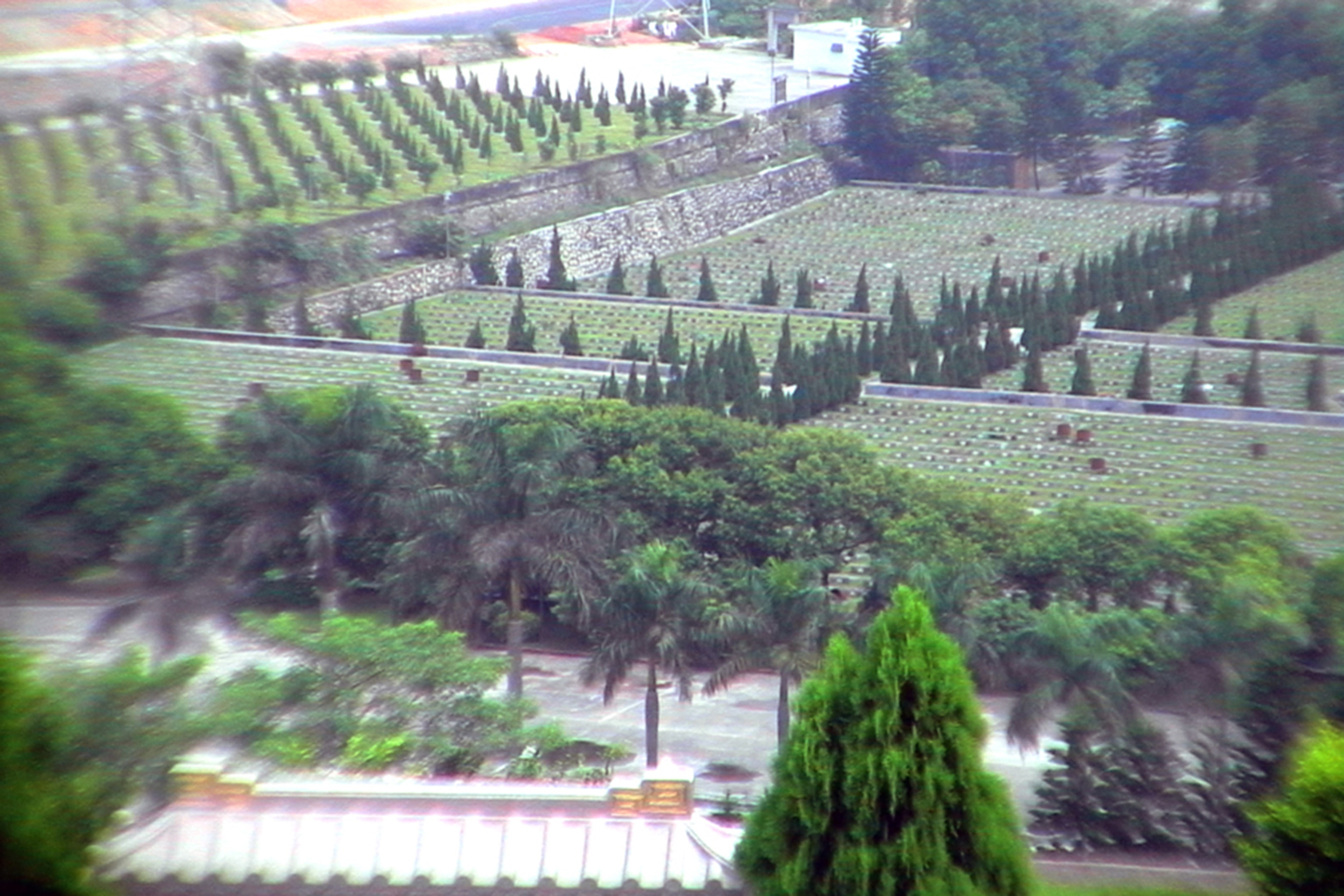Accommodating the Dead in Cities, a Spatial Challenge?
The National Development and Reform Commission of Beijing has announced the relocation of the Babaoshan Crematorium, Beijing’s primary cemetery (previously located just west of the city), to the district of Mentougou in Wolong. In its original location, a “revolutionary education center” dedicated to urban planning has been planned.
Officials explain the move by pointing to growing environmental concerns (especially the reduction of CO2 emissions in the inner city of Beijing) as well as a need and desire to optimize public spaces. The rapid urbanization in China has highlighted issues of how to manage, care for, and/or dispose of the dead in a country where 9.6 million people die every year, many of them in cities as a part of China’s growing urban majority (51%).
The publishing of Natacha Aveline-Dubach’s book on May 15, The Place Of The Dead In East Asian Megacities, further sheds light on these issues. The author questions the place of the dead in Asian megacities, especially in China, offering an analysis that focuses on both spatial and economic tensions within the crematory industry.
Maoist era communism had already begun to encourage cremation (it officially became a national objective on April 27, 1956, link in French), asserting that traditional burials waste large tracts of land that should be instead used as farmland. The argument is still valid today, as 3.3 million hectares out of a total of 80 million hectares of arable land would be otherwise occupied by graves without government intervention and sanction. In 1990, it was estimated that burials consumed 4050 m² of land per year. The government has made cremation mandatory now, but the law is often still ignored in rural areas. The profitability of available space in Beijing has become so critical that the government has set up maximum dimensions for gravestones that cover interred ashes (1.5 m² in surface and 1 m in height).
However, at present, official cemeteries that allow for the interment ashes are only slightly more spatially efficient than official cemeteries. The Ministry of Civil Affairs said that cremation was only the “first funeral revolution”; the second is to get rid of the ashes altogether. Consequently, in China today, funeral rites have become both an urban and an environmental issue.
-
2012/10/20

-
Beijing

-
Modu Team


the other map
Explore arrow
arrow
loading map - please wait...




